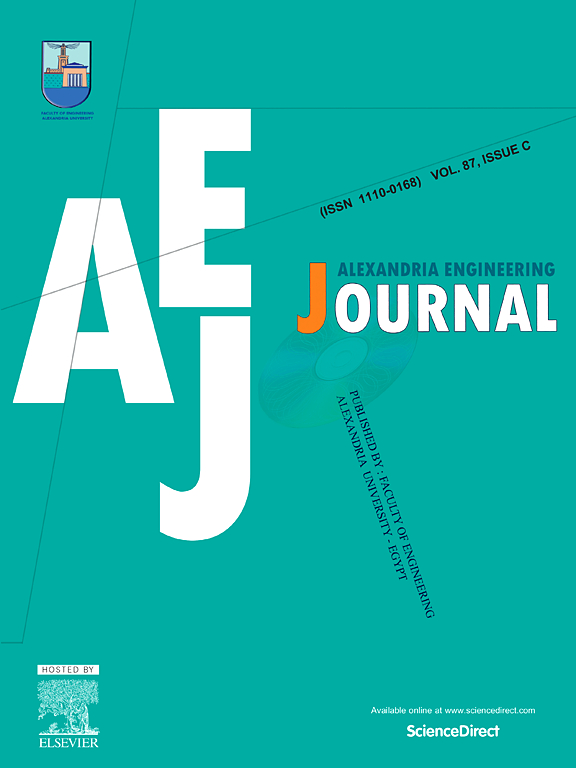Comparative study on deep and machine learning approaches for predicting wind pressures on tall buildings
IF 6.2
2区 工程技术
Q1 ENGINEERING, MULTIDISCIPLINARY
引用次数: 0
Abstract
Wind-structures interaction has been extensively examined in the last few decades using field measurements, full scale measurements and wind tunnel testing. These experimental approaches are considered costly and time consuming. The need for a reliable analytical approach that can be used for examining wind-effects on buildings is clear. Although Computational Fluid Dynamics (CFD) is one of the other alternative numerical options yet might not reached the level of confidence to be reliably used to finalize the structural design. On the other hand, a limited number of studies have been carried out using soft computing methods to examine wind-induced loads on structures. However, its promising results, more work is still required towards achieving the full analytical prediction of wind effects on structures. This study investigates the use of different soft-computing techniques in predicting wind pressures on tall buildings. Two deep learning methods viz deep belief network (DBN) and deep neural network (DNN), and five machine learning methods namely feedforward neural network, extreme learning machine, weighted extreme learning machine, random forest, and gradient boosting machine were evaluated, and compared in predicting the design wind pressures on tall buildings. Wind tunnel datasets, used in the current study to develop the proposed computing models, were collected from testing three tall buildings having the same full-scale horizontal dimensions of (40 m and 80 m) and different heights of (80 m, 120 m and 160 m). The buildings were tested at a scale of 1:400 in urban terrain exposure. Mean and fluctuating wind pressure coefficients on the building with the height of 120 m are herein predicted using the seven computing methods and the results were compared to the corresponding measured pressures. Overall, the examined methods performed well in the wind pressure prediction process. Furthermore, the employed DNN was found to have the best performance in predicting mean and fluctuating wind pressures with the highest correlation coefficients. Hence, the DNN was also used in predicting the mean and fluctuating wind pressures on the two other buildings with heights of 80 m and 160 m. Experimental results indicate that the employed DNN model can be effectively used in predicting wind-induced pressures on tall buildings.
预测高层建筑风压的深度学习和机器学习方法比较研究
在过去的几十年里,人们利用现场测量、全尺寸测量和风洞试验对风-结构相互作用进行了广泛的研究。这些实验方法被认为既昂贵又耗时。因此,显然需要一种可靠的分析方法来研究风对建筑物的影响。虽然计算流体动力学(CFD)是其他数值方法的替代选择之一,但可能还没有达到可靠的水平,无法用于最终的结构设计。另一方面,使用软计算方法来研究风引起的结构荷载的研究数量有限。然而,尽管取得了可喜的成果,但要全面分析预测风对结构的影响,还需要做更多的工作。本研究调查了不同软计算技术在预测高层建筑风压中的应用。在预测高层建筑的设计风压时,评估和比较了两种深度学习方法,即深度信念网络(DBN)和深度神经网络(DNN),以及五种机器学习方法,即前馈神经网络、极限学习机、加权极限学习机、随机森林和梯度提升机。风洞数据集是本次研究中用于开发计算模型的数据集,这些数据集是从三座高层建筑的测试中收集的,三座建筑的全尺寸水平尺寸相同(40 米和 80 米),高度不同(80 米、120 米和 160 米)。这些建筑物是在城市地形中以 1:400 的比例进行测试的。使用七种计算方法预测了高度为 120 米的建筑物上的平均风压系数和波动风压系数,并将结果与相应的实测压力进行了比较。总体而言,所研究的方法在风压预测过程中表现良好。此外,采用的 DNN 在预测平均风压和波动风压方面表现最佳,相关系数最高。因此,DNN 也被用于预测另外两座高度分别为 80 米和 160 米的建筑物的平均风压和波动风压。实验结果表明,所采用的 DNN 模型可有效用于预测高层建筑的风致压力。
本文章由计算机程序翻译,如有差异,请以英文原文为准。
求助全文
约1分钟内获得全文
求助全文
来源期刊

alexandria engineering journal
Engineering-General Engineering
CiteScore
11.20
自引率
4.40%
发文量
1015
审稿时长
43 days
期刊介绍:
Alexandria Engineering Journal is an international journal devoted to publishing high quality papers in the field of engineering and applied science. Alexandria Engineering Journal is cited in the Engineering Information Services (EIS) and the Chemical Abstracts (CA). The papers published in Alexandria Engineering Journal are grouped into five sections, according to the following classification:
• Mechanical, Production, Marine and Textile Engineering
• Electrical Engineering, Computer Science and Nuclear Engineering
• Civil and Architecture Engineering
• Chemical Engineering and Applied Sciences
• Environmental Engineering
 求助内容:
求助内容: 应助结果提醒方式:
应助结果提醒方式:


